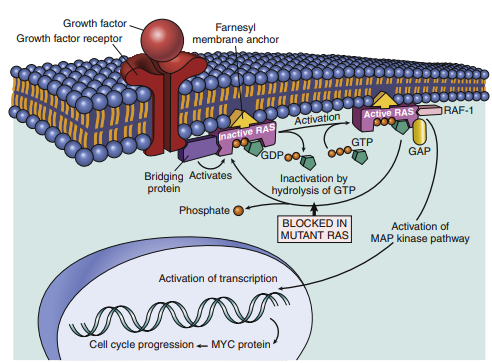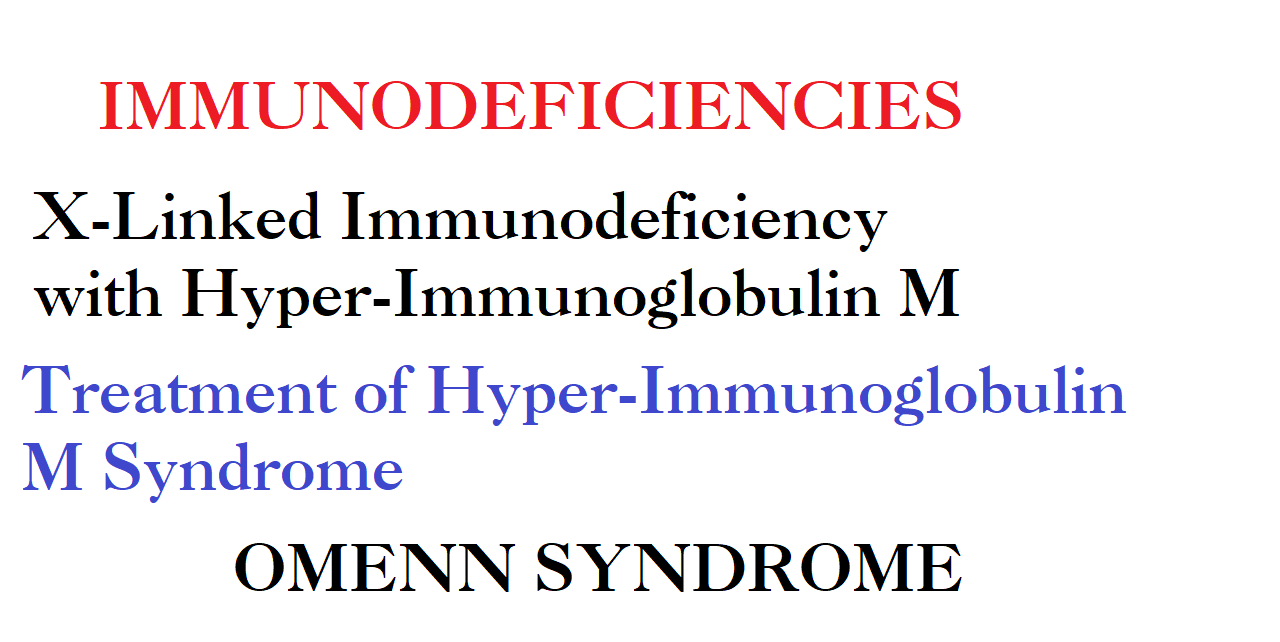Transport systems: Blood, Circulatory system, and Lymphatic system
Transport systems Blood-Transport systems Through a vast network of blood vessels, the blood distributes substances throughout the body. Adults have 5 to 6 liters of blood in their bodies. It is made up of two components: cells suspended in a viscous fluid called plasma. Plasma This is mainly water with a wide range of substances … Read more


